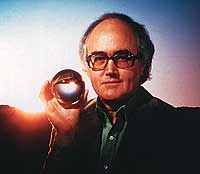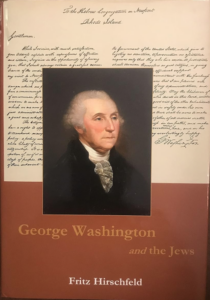
I want to add to what I said on Sunday: that a priest of holy words doesn’t spend time thinking about the recent attack on Trump. The reasons are clear and could be summed up by what Orwell called prolefeed (the mental food with which the System alienates commoners). To overthink the recent attack is to be part of the System, regardless of whether it was a conspiracy or a lone gunman’s attack.
Incidentally, before violating Occam’s principle we should always consider the more parsimonious lone-wolf hypothesis. The fact that, decades later, most Americans doubt that a single gunman killed JFK shows the sheer power that sensationalist films such as the one shot by the Jew Oliver Stone exert over the American collective unconscious.
Those who consume Hollywood prolefeed and call themselves dissidents should face the fact that if the majority of the proles believe something because of prolefeed, that is what the System wants them to believe. (No one reads the Warren Report, but everyone watches the prolefeed that Hollywood has been offering us for decades.) And the same goes for the books about the JFK assassination. For every thousand books that promote conspiracy theories, there is only one that proves that Oswald acted alone. Many years ago I bought one of the latter because, following what John Stuart Mill says in On Liberty, the opinion of the isolated investigator should be taken into consideration because there is a chance that he could be right (and the rest of society wrong).
Remember 1984. The totalitarian state printed pornography for the proles, making them believe it was literature banned by the government. But it was controlled opposition even though the proles believed they were reading forbidden literature. Porn was part of the Machiavellian system of social control.
Quite independently of swallowing the conspiracy prolefeed that the System allows on the internet, the priest of the sacred words sees things from his meta-perspective. And from this perspective, what would be the real dissident thought?
Something we said on Thursday in instalment #42 of the Hitler series. Instead of saying, as liberals (part of the Establishment) do, that they wish the bullet had hit Trump, the real dissenter would like that a British soldier’s bullet had hit George Washington, who empowered the Jews, and that the US would never have gained independence from the British crown. The priest would say that it is time to forget not only Washington but all the so-called founding fathers and replace, within himself, all those founding cucks with the founders of the Third Reich.
That is good dissent!, not the conspiracy theories—prolefeed for the proles—that are now beginning to brew in the wake of Saturday’s events. But it is obvious that white nationalists, neo-normies after all, don’t think in these terms. They haven’t realised that as the Aryan race comes first, if there is a conflict of interest between race and the religion of our parents or the political system of the country we were born into, we must sacrifice the latter.
In my case, for example, I despise Hernán Cortés and the 16th-century Spaniards because they sinned against the holy spirit: they soiled their blood, a sin that cannot be forgiven. And I can say the same about the religion of my parents—Catholicism—because in the 1530s a pope sanctioned marriage between Spaniards and Amerindian women. But this endless contempt for the country of my birth, which includes contempt for the Criollos who continue to blend to the extent that I don’t have a single male friend in the country where I live, is absent in racialists north of the Rio Grande. Except for retired Canadian blogger Sebastian E. Ronin, they don’t look down the founding ideologies of the US and Canada.
Racking one’s brains over conspiracies, or blaming the Jews for all the ills of the West, doesn’t advance the Aryan cause. It is seeing the mote in another’s eye and not the beam in one’s own. What the priest must do is to repudiate his nation’s project with all his might, with all his mind, with all his spirit and all his heart; and begin to create a new religion based on the ideals of Uncle Adolf.






